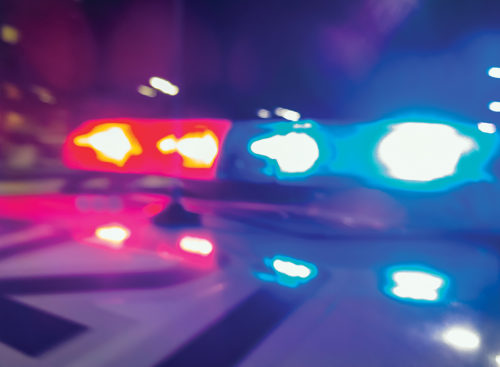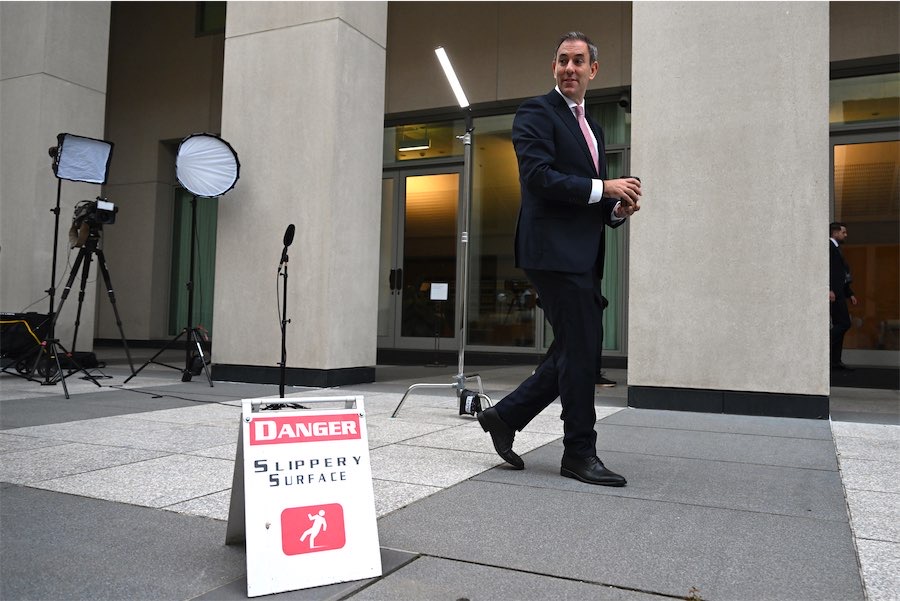
Drones could help Australians survive the “age of mega-fires” as climate change drives new fire seasons that are outpacing the disaster response of past decades, writes MARION RAE in Canberra.
Powerful drones could give Australia the edge as inventors, firefighters and academics combine forces to bring a “paradigm shift” in managing increasingly devastating bushfires.
ACT Rural Fire Service Chief Officer Rohan Scott says the technology breakthroughs being achieved will keep his people safe and bring better predictions of fires into the future.
“As a service here in the ACT, we couldn’t do any of this work by ourselves, so it’s great to have these partnerships,” he says, at a field day with long-serving firefighters where the latest drone technology is being showcased.
The advanced 3.6 metre Volanti model developed by Australian drone company Carbonix has been used to fight devastating wildfires in Canada even in darkness.
Executing rapid aerial surveys across vast and rugged terrain, they mapped fire grounds and pinpointed fires sparked by lightning strikes that may otherwise have gone unchecked.
“We’re providing the reach, the range, the coverage that would not otherwise be available,” Carbonix founder Dario Valenza says.
“We have a drone that has that capability, both in terms of how long and how far it can fly and the ability to gain approvals to fly beyond visual line of sight.
“By making that platform available we can make it a practical proposition to cover the area that we need to cover to make it useful.”
He also expects artificial intelligence and machine learning to come further into play in fighting bushfires, particularly when operating across remote areas.
“Currently, the aircraft fly autonomously following a pre-programmed mission path that follows the relevant assets and terrain,” he explains.
They can take action in response to failures or changes in the environment – fly home if connectivity is lost, for example. A human pilot can also intervene to modify or end the mission.
“As we accumulate thousands of flight hours, we use the hundreds of channels of logged data to improve performance and safety. Using this data to train AI is the logical next step,” Mr Valenza says.
“As missions become increasingly automated and we move to remote one-to-many operations, AI will play an increasing role.”
AI is also used to generate insights from the payload sensor data, including changes over time or detecting fires have just begun.
Much of the devastation during the summer of 2019-20 was ignited by lightning strikes and took hold because of an inability to detect and extinguish fire fronts in remote areas.
According to the Bureau of Meteorology, there has been an increase in extreme fire weather and a longer fire season across large parts of the country since the 1950s.
A continued increase in the number of dangerous weather days and a longer fire season for much of southern and eastern Australia was forecast in the recently released State of the Climate 2024 report.
Marta Yebra, director of the Australian National University’s Bushfire Research Centre of Excellence, says climate change is reshaping patterns and driving extreme fire seasons that are outpacing practices established over the past 50 years.
“To safely co-exist in an age of mega fires, we need adaptive, forward-thinking strategies,” she says at the university’s field robotics facility Spring Valley Farm, near Canberra.
Prof Yebra says existing practices of suppression and prescribed burning remain useful but they’re becoming increasingly costly and face environmental and logistical challenges.
“Indigenous cultural practices, deeply connected to a healthy environment, are also hindered as we face a ‘sick’ country that’s difficult to read and manage,” she says.
“Climate change is drying our landscapes, making them more flammable, with warmer temperatures and prolonged dry seasons amplifying fire risk.”
She says a “paradigm shift in fire management” is essential, to redefine fire detection, monitoring and response, and combine technology with scientific and cultural insights for early detection and rapid response.
“Our ultimate goal is to prevent fires from escalating to catastrophic levels by integrating advanced technology and knowledge at every stage,” Prof Yebra says.
Australia is already experiencing some warmer days and fuels are drying out quickly after consecutive dry and warm days.
“Grass is the fastest fuel to dry, so the immediate risk typically comes from grassland fires,” she says.
“If a drought or El Nino is declared by the Bureau of Meteorology, we should expect an increased likelihood of intense forest fires in the near future.”
Who can be trusted?
In a world of spin and confusion, there’s never been a more important time to support independent journalism in Canberra.
If you trust our work online and want to enforce the power of independent voices, I invite you to make a small contribution.
Every dollar of support is invested back into our journalism to help keep citynews.com.au strong and free.
Thank you,
Ian Meikle, editor









Leave a Reply